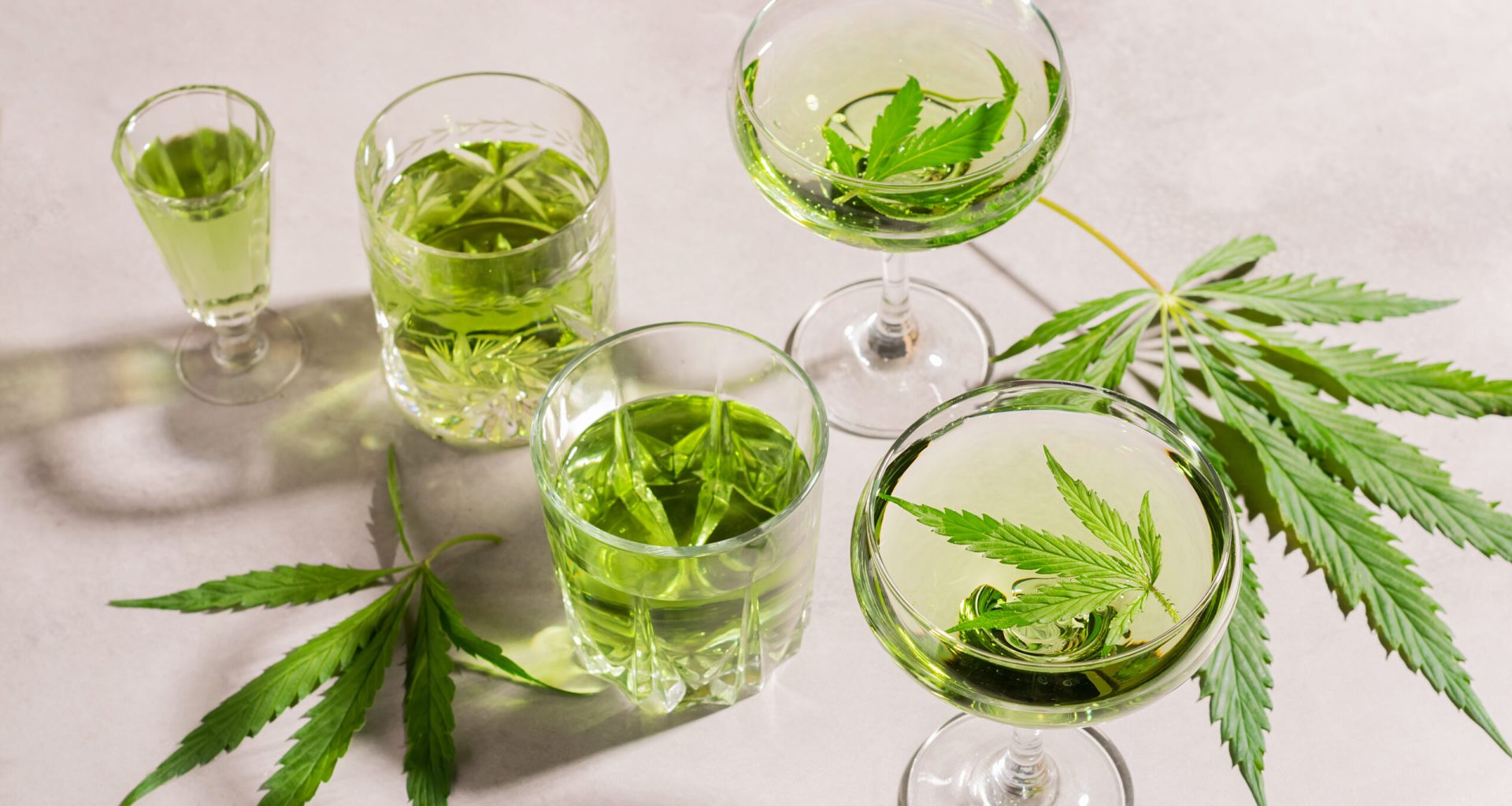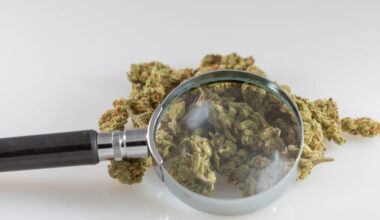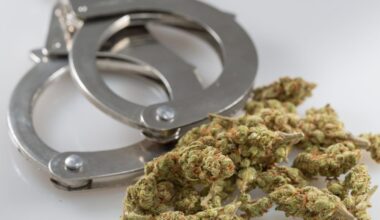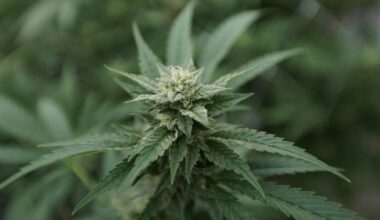(This is a contributed guest column. To be considered as an MJBizDaily guest columnist, please submit your request here.)
 THC seltzers now sit in liquor store coolers beside hard seltzers and nonalcoholic beer. For many adults who are curious but cautious about cannabis, that cold can is a first, low-risk test. It looks familiar, the dose is clear (often 2 to 5 mg), and it fits weekend and social routines. The practical question for dispensaries is: When these customers want more choice or better guidance, will they feel confident walking into your store? More importantly, is your operation ready?
THC seltzers now sit in liquor store coolers beside hard seltzers and nonalcoholic beer. For many adults who are curious but cautious about cannabis, that cold can is a first, low-risk test. It looks familiar, the dose is clear (often 2 to 5 mg), and it fits weekend and social routines. The practical question for dispensaries is: When these customers want more choice or better guidance, will they feel confident walking into your store? More importantly, is your operation ready?
A simple way to understand this shift is the theory of planned behavior. People try something new when three things line up:
- Attitudes: “I think the outcome will be good.”
- Norms: “People like me do this and think it’s OK.”
- Control: “I know how to do this and won’t mess it up.”
When all three are positive, intent forms — and intent leads to action. Liquor store THC drinks often check all three boxes.
Why THC drinks in liquor stores lead to dispensary visits
Attitudes (how I expect to feel): A small, clearly labeled dose reframes cannabis as manageable. Single-serve packaging, “fast-acting” claims and a calm, hangover free experience create a positive first impression that carries over to other forms.
Norms (what my group accepts): Seeing THC drinks in a regular cooler signals legitimacy. Sharing a can at a barbecue looks and feels normal. Stigma drops, social permission rises.
Control (can I do this safely?): “One can = one session” is easy to understand. No new language is required. Customers feel in control of dosing and timing. As confidence grows, many look for more selection and expert advice — exactly what dispensaries are designed for.
What these customers need from a dispensary
Drink-first customers are dose cautious and outcome focused. They want the same clarity they got from the can, not a lecture on strain genetics. Build a simple bridge from beverage to dispensary.
1) Stock products that feel approachable and easy to understand
- Low-dose drinks (2 to 5 mg THC), including 1:1 or 2:1 CBD:THC and fast-acting options where allowed.
- Micro edibles and mints (1 to 2.5 mg) with clear serving instructions embedded in the product.
- Balanced gummies (2.5 to 5 mg THC with CBD or CBG), plus CBN sleep stock keeping units (SKUs) for a specific use case.
- Topicals and nonintoxicating items for relief without a buzz.
- Micro pre-rolls (0.25 to 0.35 g) labeled by expected effect for short, gentle sessions.
Organize shelves by how products make you feel (calm, social, focus, sleep) and by THC range (for example, wellness less than 10%, lifestyle 10–20%, recreational more than 20%). This helps people self-select in seconds.
2) Make navigation simple
- Create a front-of-store zone: “New to THC? Start here.”
- Use plain-language signs: “What 2 mg feels like,” “What 5 mg feels like,” “How fast it starts.”
- Add QR codes to a one-page product data sheet with key cannabinoids, top terpenes, dosing tips and a clear safety note.
- Keep strain names on tags but lead with effect and dose. New customers rarely arrive with loyalty to a particular strain.
3) Train staff to coach, not lecture
- Open with goals: “What do you want to feel?” “What time of day will you use this?”
- Make comparisons: “One 2 mg can is a light lift; most feel relaxed but clear. Five mg is still moderate.”
- Set pacing: “Sip slowly. Give it 45 to 60 minutes before adding more.”
- Offer a next step: “If you liked the 2 mg drink, a 2.5 mg gummy is great for short, predictable sessions.”
- Always cover safety: “Start low, go slow. No driving until you know your response. Avoid mixing with alcohol.”
4) Reduce friction
- Keep cold stock (where legal) and avoid stock-outs on beginner items.
- Make pre-order and pickup fast and reliable.
- Host noninfused flavor demos plus education if regulations allow.
How to measure if your bridge is working
Track behavior, not vanity metrics.
- First-time orders with a drink in the basket (is the cooler a real on-ramp?).
- 30- and 60-day repeat rate for drink-led shoppers vs. other first-timers.
- Attach rate: drink plus micro edible or CBD in the same or next purchase.
- Tier migration: percentage who move from wellness to lifestyle (10–20% THC) within 60 days without more returns or negative feedback.
- QR or certificate of analysis engagement: More views and dwell time usually signal trust, which predicts retention.
A short, realistic example
A 38-year-old cutting back on alcohol buys a 2 mg THC seltzer at a liquor store. They feel relaxed and talkative, sleep well and wake up clear.
- Attitude: “This works and feels manageable.”
- Norms: Friends tried it too; no stigma.
- Control: Easy to pace; no hangover.
Now they want more choice.
They search “THC drinks near me.” Your site shows “New to THC? Start here,” with low-dose drinks, micro edibles and simple effect tags. They place a pickup order. In-store, a budtender suggests 1 mg mints and a CBD:THC sleep gummy. A month later, they return for a balanced 5 mg drink and a 0.25 g “calm” micro pre-roll. You didn’t push them to “go bigger.” You helped them stay in control.
The bottom line
THC beverages in liquor stores aren’t the enemy; they are cannabis training wheels. They build positive attitudes, normalize everyday use and give people a sense of control — the three ingredients that lead to action under the theory of planned behavior. If your store offers approachable products, plain-language guidance and fast, friendly service, you’ll turn those first sips into confident, loyal customers.
Magnus Thorsson, Ph.D., is the founder of Rhode Island-based Canna Curious, host of the podcast Guided by Wellness and a professor of cannabis entrepreneurship at Johnson & Wales University. He can be reached at magnus.thorsson@jwu.edu.
Medical Disclaimer:
The information provided in these blog posts is intended for general informational and educational purposes only. It is not a substitute for professional medical advice, diagnosis, or treatment. Always seek the advice of your physician or other qualified healthcare provider with any questions you may have regarding a medical condition. The use of any information provided in these blog posts is solely at your own risk. The authors and the website do not recommend or endorse any specific products, treatments, or procedures mentioned. Reliance on any information in these blog posts is solely at your own discretion.






